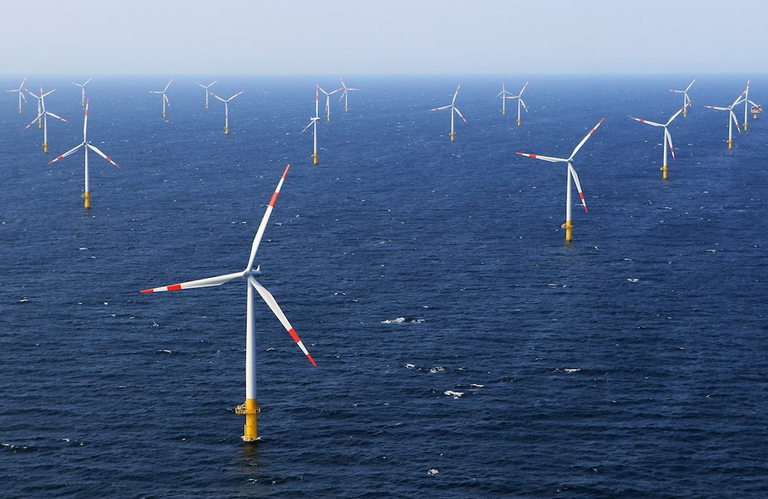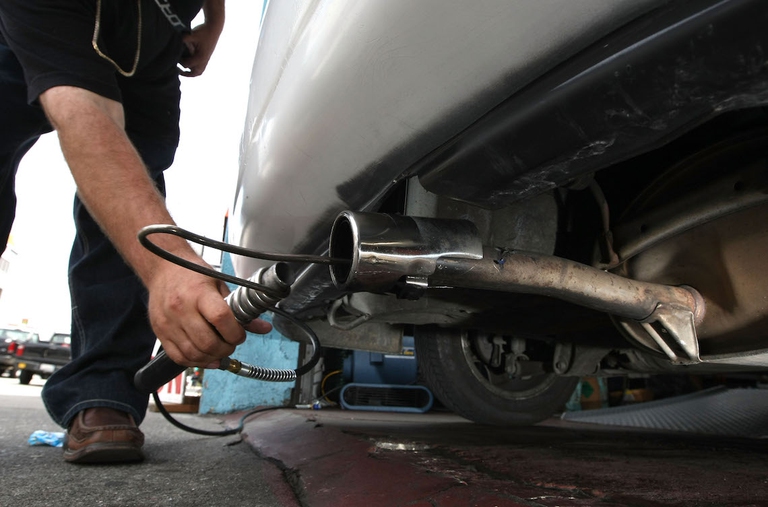
The Copernicus service has released data for the first eleven months of 2025: global warming is set to come close to last year’s record.
Renewable sources, energy saving and the economic crisis have contributed to curbing CO2 emissions by a quarter compared to 1990 levels.
Greenhouse gas emissions in the European Union decreased by 4.1% in 2014 compared to the previous year and by 24.4% compared to 1990 levels, according to a report published by the European Environmental Agency (EEA). The report reveals that – in absolute terms – the EU’s production system avoided to generate 1,383 million tonnes of CO2 yearly into the atmosphere.
“It is positive – EEA Executive Director Hans Bruyninckx said – that Europe has been able to reduce greenhouse gas emissions substantially since 1990. It is an important step towards reaching our 2030 and 2050 climate targets. To accelerate the transition towards a low-carbon society, we need to further boost our investments in technology and innovation aimed at reducing our dependence on fossil fuels”.
According to the report, the greenhouse gas emission drop is linked to a series of factors, including the increased use of renewable energy and lower-impact fuel and a more efficient energy use. Economic incentives have also contributed to the CO2 emission drop. In particular, the study reports how the production systems have structurally changed over the years. But it also highlights that the economic crisis and the decline of production activities have given a strong impulse to the emission drop.
“Demand for energy to heat households has also been lower – the EEA says –, as Europe on average has experienced milder winters since 1990”. But not all sectors were able to reduce emissions. Road transport, for example, has not followed the positive trend: on the contrary, it has been responsible for the largest increase in CO2 emissions, grew by 124 million tonnes from 1990 to 2014 (7 million tonnes between 2013 and 14).
In the same way, the emissions generated by the international air and sea transportation have risen by 93 million tonnes. Emissions caused by increased use of cooling devices have grown by 99 million tonnes.
Siamo anche su WhatsApp. Segui il canale ufficiale LifeGate per restare aggiornata, aggiornato sulle ultime notizie e sulle nostre attività.
![]()
Quest'opera è distribuita con Licenza Creative Commons Attribuzione - Non commerciale - Non opere derivate 4.0 Internazionale.
The Copernicus service has released data for the first eleven months of 2025: global warming is set to come close to last year’s record.
The European Council and Parliament have reached an agreement on the European Commission’s proposal to deregulate new GMOs. But farming, organic agriculture, and environmental organizations are calling for it to be stopped.
Several hundreds of women in India have rejuvenated vast stretch of forest land through a unique method of guarding the forest.
The solution developed by the Italian startup Agri-E enables on-site bioethanol production, promoting energy self-sufficiency for farms.
South African court dismisses a major lawsuit by 140,000 Zambian women and children against Anglo American for Kabwe lead poisoning. A setback for affected communities enduring the lasting impact of lead contamination.
Controversial African land deals by Blue Carbon face skepticism regarding their environmental impact and doubts about the company’s track record, raising concerns about potential divergence from authentic environmental initiatives.
Majuli, the world’s largest river island in Assam State of India is quickly disappearing into the Brahmaputra river due to soil erosion.
Food imported into the EU aren’t subject to the same production standards as European food. The introduction of mirror clauses would ensure reciprocity while also encouraging the agroecological transition.
Sikkim is a hilly State in north-east India. Surrounded by villages that attracts outsiders thanks to its soothing calmness and natural beauty.









